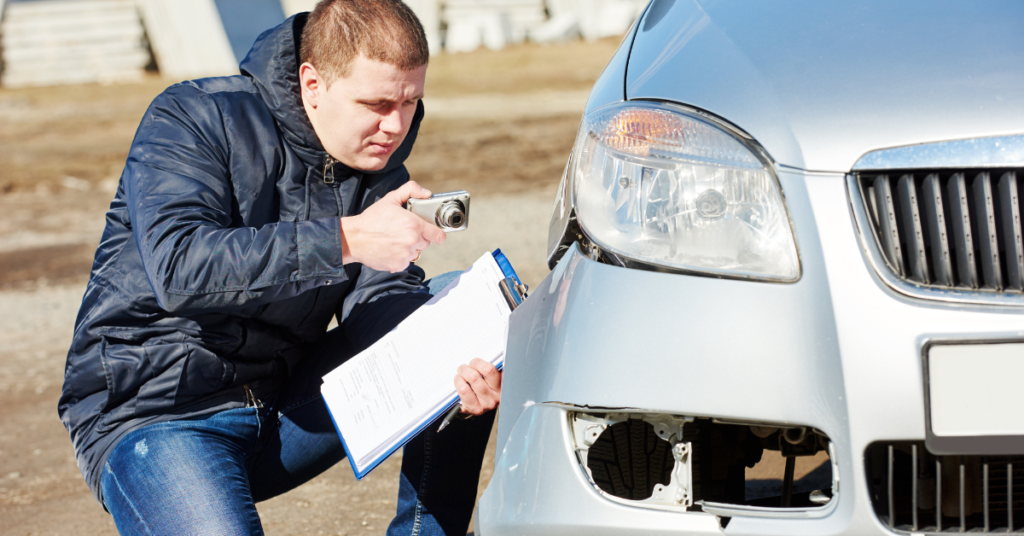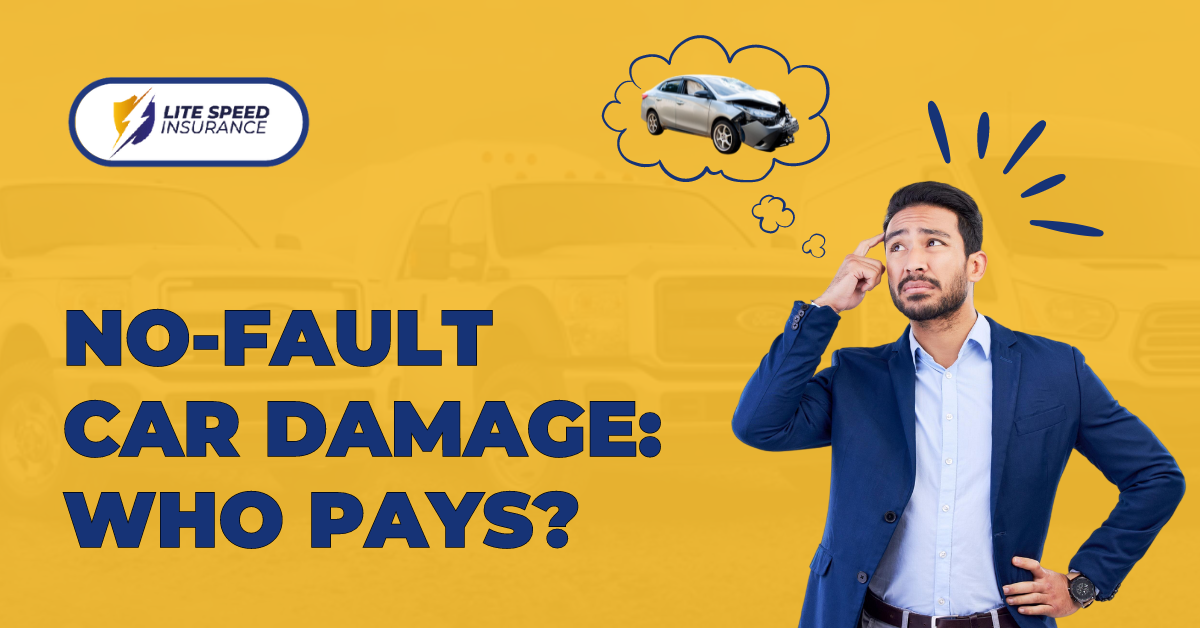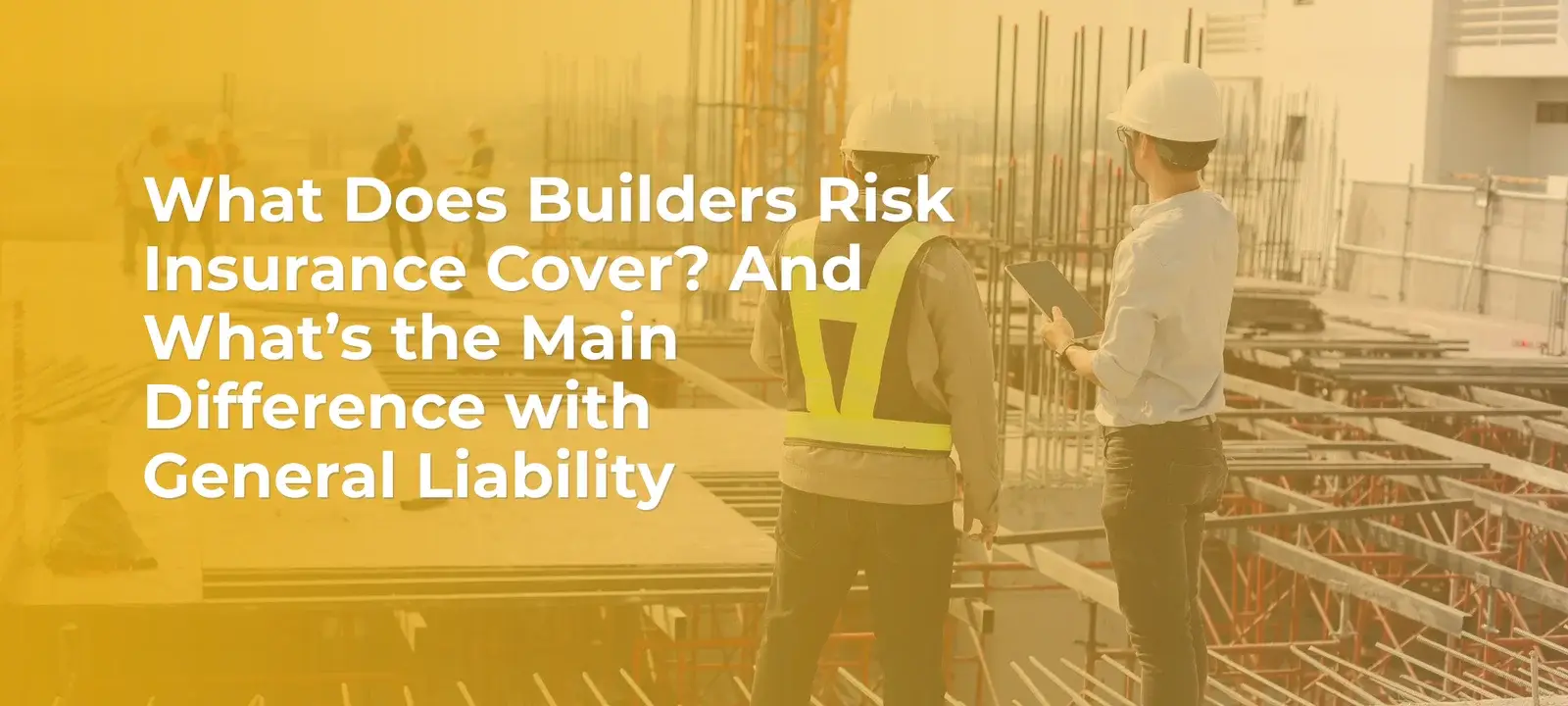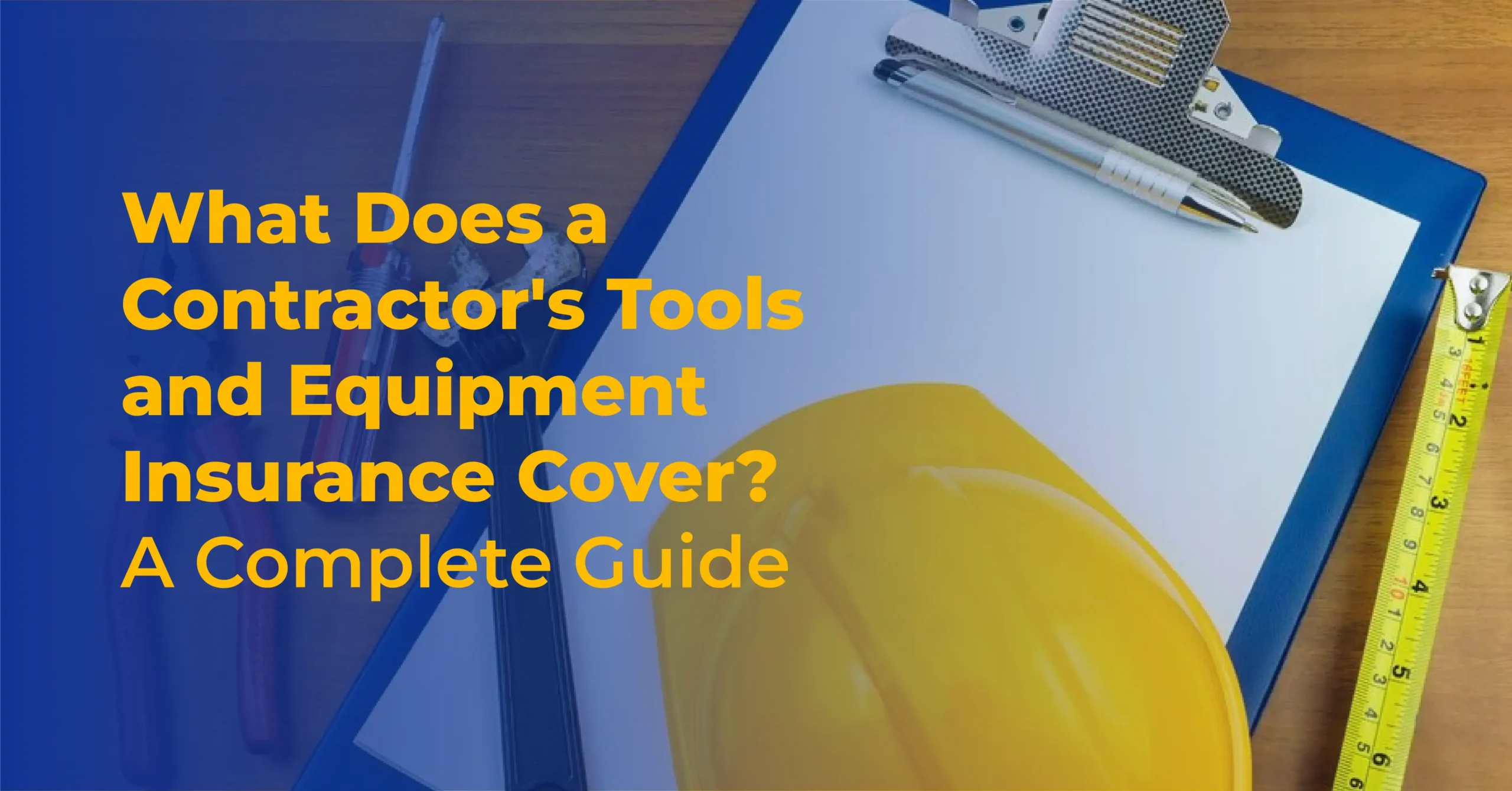Car insurance in a no-fault state can be essential in an accident. A no-fault state has different rules from the fault-based ones regarding who should be paying off the damages that an accident brings about. The following article will look into these rules of application and the financial responsibility that comes with who is involved in an accident after that. Well, if you are sitting there thinking, “Who pays for car damage in a no-fault state?” you are in the right place. We’ll walk you through the no-fault claims system and what your insurance will cover. Whether you’re a new driver or just moved to a no-fault state, you should take the time to understand your insurance policy thoroughly from the front page to the very last page to ease the procedures.
What Is a No-Fault Accident?
No-fault accident is a phrase used to refer to an accident in which the insurance company of each party will compensate for the loss suffered, regardless of who was at fault in causing the accident. The system is designed to help hasten compensation since no fault is established. The insurance company pays for the repair of your car and medical expenses to your policy’s limit. This method cuts the cost of legal charges and time for drivers caught in disputes. The laws that make an accident no-fault aim to make the aftermath of car accidents bearable for both parties so that drivers can recover their losses quickly and easily.
At Fault vs. No-Fault State Accidents
The significant difference between at and no-fault state accidents is in processing insurance claims. In a no-fault state, each driver’s insurance policy covers their expenses without pointing to liability. That generally speeds up the claims payout time and keeps legal fees lower. In an at-fault state, however, both parties must determine which driver is legally responsible for the accident before any claims are ultimately paid out. That frequently prompts an escalation in legal processes and also can delay compensation. A no-fault state also means that your insurance coverage must be very comprehensive because it will be your most essential source of compensation in most traffic incidents. Factors for the driver to consider in getting an insurance policy and then going through the whole process in the event of an accident.
List of No-Fault States
A no-fault insurance system prevails in twelve states besides Puerto Rico: Florida, Hawaii, Kansas, Kentucky, Massachusetts, Michigan, Minnesota, New Jersey, New York, North Dakota, Pennsylvania, and Utah. In all these states, there is the imposition of basic or minimum personal injury protection coverage on drivers. It’s essential for the residents or persons intending to move to such states to understand the specific requirements, as the rules and coverage limits vary pretty extensively so that you can understand how the same affects your insurance policy and rights in the state after an accident.
Who Pays for Car Damage in a No-Fault State?
Who pays for car damage in a no-fault state is among the most frequently asked questions in such states. Typically, your personal vehicle insurance takes care of your personal injury protection, which is responsible for paying your damage, including medical bills and sometimes lost wages or other incidentals. Property damage, for example, damage to your automobile, is not a part of PIP and is usually taken care of through your collision or comprehensive coverage or through the property damage liability of the at-fault driver.
That way, tiny accidents are easy. You don’t have to prove another driver’s fault to be paid for your injuries. However, suppose the amount of damage surpasses a certain threshold or significant injuries are involved. In that case, you’ll still have a claim against the at-fault driver’s insurance for additional damages or may file a lawsuit in case of serious ones. That means that even though no-fault insurance simplifies several facets of the claims process, understanding the details of your policy and state law will be necessary to ensure that you’re fully covered.
Detailed Scenarios on the Claim Process
Scenario 1: You use your collision coverage or comprehensive coverage
This coverage of collision and comprehensive applies in a no-fault state if you are in an accident—no matter whose fault it is—to repair or replace your vehicle. Collision coverage pertains to when you hit another vehicle or object. In contrast, comprehensive coverage covers non-collision incidents like theft, fire, or natural disasters. This is an optional coverage, not in the mandatory PIP. It protects you beyond the basics, covering potential vehicle damages not catered for in a no-fault claim.
Scenario 2: You Use the At-fault Driver’s Auto Insurance Policy
However, in no-fault states, for instance, if the damages are extensive and another driver is clearly at fault, you can claim against the other driver’s property damage liability. This is in cases where the amount required for the vehicle’s repairs is above the limit of coverage of the collision or in cases where the collision coverage is nonexistent. In such circumstances, proving that the other driver is at fault will be necessary. Therefore, one may be forced to gather evidence in the form of reports of the accident and statements from witnesses for support to make the claim. This avenue can remedy the repairs that your insurance company may not offer.
Scenario 3: A Lawsuit Decides Who Will Pay
In more severe cases, if the state-determined severe injury thresholds are surpassed or the damages are particularly severe, you might consider bringing a lawsuit for additional damages. This is usually a last resort because court cases take a long time and cost much money. However, you often can recover more than you can through an insurance claim because there are non-economic losses, like pain and suffering, that are not compensated under PIP coverage.
How do you go about getting your car repaired in a no-fault state?

Navigating car repair after an accident can be intimidating in a no-fault state, so it’s best to understand the proper steps. Here’s how you might proceed based on different accident scenarios:
Scenario 1: You were the only driver, and, as such, you took upon your shoulders the accident
If you are the only one involved in an accident—for example, hitting a tree or a pole—in most cases, you use your own collision or comprehensive coverage to repair the vehicle. The insurance will then cover the cost of the repairs, less the deductible, which means you can get back on your feet quickly without headaches from having to file a claim with a third party.
Scenario 2: You were involved in a two-car accident, and it was the other driver’s fault
Suppose you have a second driver involved, and that driver is at fault. In that case, you may still use your collision coverage to have an immediate repair done. On the other hand, if the damages are significant, you may file a claim against the other driver’s property damage liability. This involves proving their fault, and it may be a good match for you if you want to avoid paying a deductible or if the damage costs exceed your collision coverage limit.
Scenario 3: You got in a multiple-car accident, and who was at fault is uncertain.
Multi-vehicle collisions in no-fault states are pretty complex. You would typically use your collision coverage first to repair your car. However, since it is hard to determine fault with multi-drivers, it might eventually become necessary to iron out the extent of liability and coverage through each driver’s insurance provider. This usually requires extensive accident reports and legal consultation to settle the claims.
How does No-Fault Car Insurance work?
It is essential to understand how no-fault car insurance works to ensure that you are getting the right coverage and protection:
- Notify Your Insurance Company: Immediately notify your insurance company about the accident and provide them with all the necessary details. Prompt reporting is necessary in this instance to kick-start the claims process.
- Explain What Happened to the Claims Adjuster: An adjuster will be assigned to examine the damage and determine if you have coverage. You want to be concise and specific with your explanation to expedite the process.
- Provide Medical Records to Support the Injury Claim: Since no-fault insurance covers medical expenses, all medical records should be presented as soon as possible so that medical expense claims can be addressed immediately.
- Submit Proof of Other Expenses: If applicable, you should submit proof of other expenses, such as lost wages, that you can reimburse under your PIP.
- Negotiate Your Settlement: Depending on the circumstances, there may be room to negotiate the settlement offer from your insurance company, especially if initial offers do not cover all of your costs.
Designed in such a way that each step maximizes the no-fault insurance benefits, reduces the burden on the insured, and speeds up the recovery and repair processes.
What Kind of Damage Does No-Fault Insurance Cover?

No-fault insurance generally pays for medical expenses and lost wages that result from an automobile accident, regardless of who’s at fault. This insurance coverage is afforded in your automobile policy under the provision of “personal injury protection.” However, no-fault insurance does not usually cover damages to a vehicle; for example, with property damage, your vehicle will be covered under your collision coverage or the at-fault driver’s property damage liability coverage. Knowing what your PIP covers will allow you to anticipate other coverages so you can adequately cover all possible costs arising from an accident.
How Does Negligence Impact Liability?
In no-fault states, however, negligence remains an issue, particularly in severe accidents where losses exceed the PIP benefits. If one driver was negligent in causing the accident, in that case, he could be held accountable for additional losses through a personal injury claim. This would include pain and suffering or other non-economic losses above the limits of PIP. The threshold before one can sue varies depending on the no-fault policy. However, generally, it means proving a severe injury or serious economic losses. To demonstrate negligence, one must prove in simple terms that the other driver breached their duty of care and, hence, the cause of the accident.
Legal Options Aside from No-Fault
Despite the no-fault rules, there are circumstances under which you can still pursue legal action:
Suing Another Driver: If the injuries are severe or the damages exceed certain thresholds, you may be able to sue the driver at fault for more significant compensation.
Suing Other Parties: Besides suing other drivers, you may have a cause of action against third parties like car manufacturers for selling defective products, government bodies for designing poor roads, or commercial bodies for their negligence.
LiteSpeed Insurance Services
We know no-fault insurance can be complicated and even frustrating. However, at LiteSpeed Insurance, we are dedicated to helping our customers. Our specialized insurance solutions will ensure you have all the coverage you need, from upgrading your PIP to comprehensive collision coverage to potentially working through lawsuits. Details on how we can help you protect yourself in a no-fault state can be found online at LiteSpeed Insurance. Let us help you stay on the road for a more seamless recovery process in the event of an accident.
Conclusion
Understanding no-fault insurance involves knowing what your coverage provides and the laws that condition how claims are considered. This article discusses the significant facts regarding dealing with car damages and accidents in no-fault states, from what insurance you need to your legal options for exceptional cases. Call LiteSpeed Insurance for an even more comprehensive direction or coverage that’s second to none in a no-fault state. Our experts are standing by to help answer your questions and provide the support that will give you peace of mind on the road.





